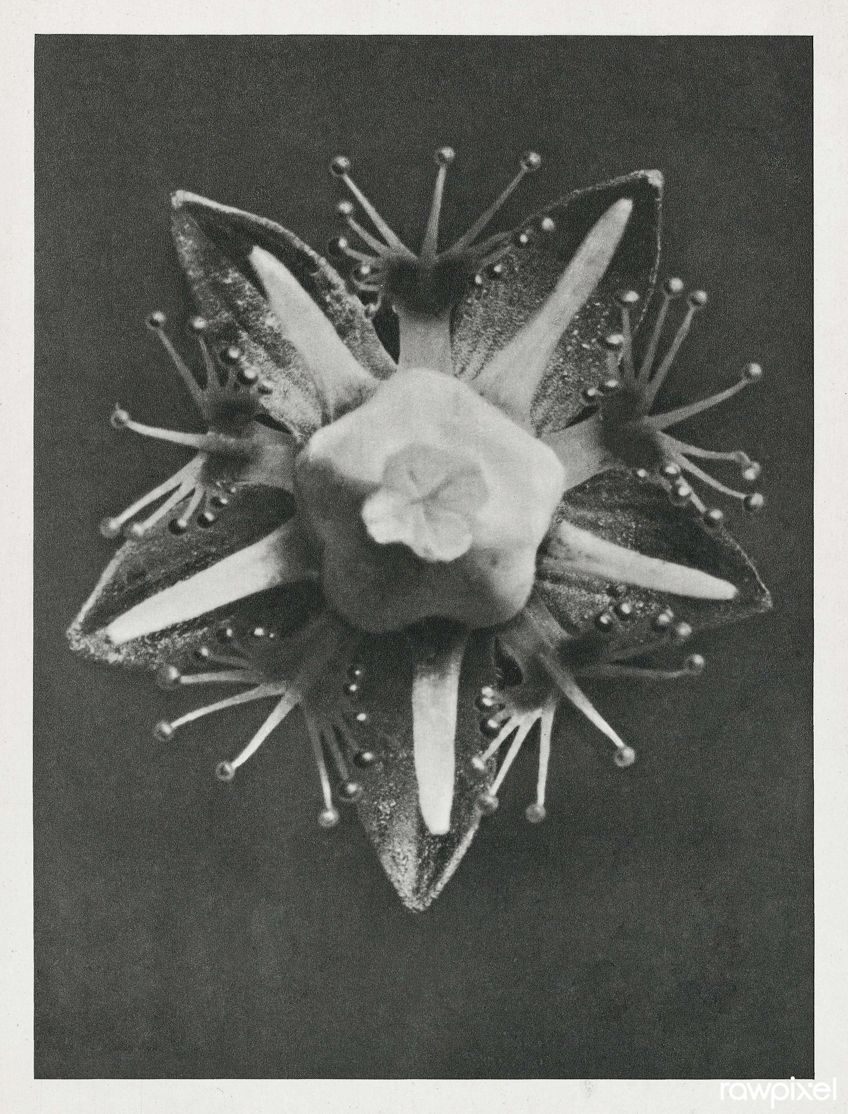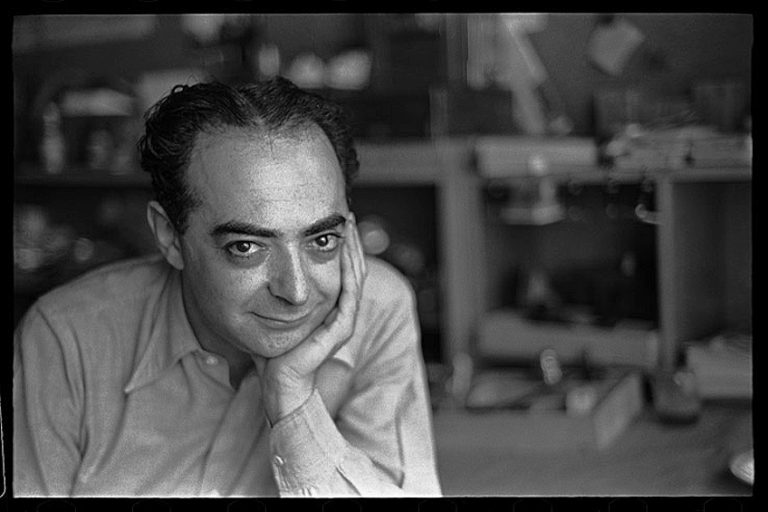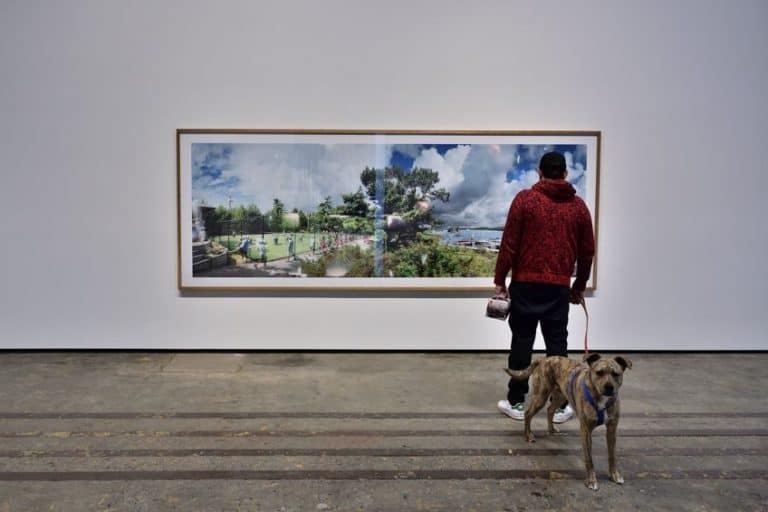Karl Blossfeldt – Enter the World of Botanical Photography
Karl Blossfeldt, a pioneering figure in the realm of botanical photography, captured the intricate beauty and structural marvels of plant life like no other. Born in 1865 in Germany, Blossfeldt’s work not only served as a scientific study but also as an artistic exploration, showcasing the artistry inherent in nature’s designs. His iconic photographs, often taken with a stark black-and-white contrast, reveal the exquisite details of leaves, stems, and flowers, inspiring generations of artists, photographers, and botanists. Blossfeldt’s legacy continues to resonate in the realms of art, science, and photography, where his keen eye for botanical aesthetics remains a timeless source of fascination and inspiration.
Key Takeaways
- Karl Blossfeldt was a German artist known for his detailed plant photography.
- His work uniquely combined art with scientific inquiry into the patterns of nature.
- Blossfeldt’s legacy continues to influence both art and the understanding of natural forms.
Early Life and Career
| Birth | June 13, 1865 |
| Death | December 9, 1932 |
| Place of Birth | Schielo, Germany |
| Genre of Work | Botanical photography |
Karl Blossfeldt was a seminal figure in early 20th-century photography, renowned for his detailed and focused photographs of plants. Born in Germany in 1865, he embarked on his artistic journey through an apprenticeship in art ironworks before advancing to study sculpture. Despite his sculptural training, Blossfeldt is most acclaimed for his photographic work that meticulously documents the intricate structures and patterns of plant life. His 1929 publication, Urformen der Kunst (Art Forms in Nature), showcased his photographic expertise and revealed a rich visual trove of organic forms that served both scientific and artistic interests.

What distinguished Blossfeldt’s approach was his unwavering belief in the instructive power of nature. He sought to emphasize the fundamental forms that recurred across the natural world, believing that an understanding of these forms could enhance human creativity and design. His close-up photography eloquently conveyed this philosophy, capturing the architecture of plants in a way that paralleled the patterns utilized in human art and design.
His work, both scientific in its precision and artistic in its composition, bridged disciplines and earned him a unique position in the worlds of art and botany.
Apprenticeship at Art Ironworks and Foundry
In 1881, Blossfeldt began an apprenticeship at the Art Ironworks and Foundry in Mägdesprung. This period was crucial as it honed his skills in sculpture, working with intricate forms that later paralleled the structural studies in his photography.

Academic Path and Influence of Moritz Meurer
After his apprenticeship, Blossfeldt continued his studies at the Kunstgewerbeschule (Institute of the Royal Arts Museum) in Berlin from 1884 to 1890. During travels through Italy, Greece, and North Africa from 1890 to 1896, he worked under Moritz Meurer, a key influence who believed that the forms found in nature were a blueprint for modern art.
It was this perspective that shaped Blossfeldt into a unique German photographer, capturing the delicate complexity of plants.
Artistic Philosophy and Focus
Karl Blossfeldt’s work centered around the intrinsic beauty and structured forms of plants, emphasizing the artistic dimension inherent in natural forms. His dedication to showcasing the underlying patterns in nature influenced both the world of art and botanical science.

Art Forms in Nature and the Essence of Urformen der Kunst
Blossfeldt’s pioneering collection, Urformen der Kunst (Art Forms in Nature), reveals his philosophical approach to art and nature. He sought to capture plants and their components not just as subjects of botanical interest but as archetypal forms—Urformen—which could be likened to artistic sculptures. He meticulously photographed an array of botanical specimens, providing a unique view that highlighted the symmetry and order of natural forms.
This work reflected the ideals of the New Objectivity movement, which championed crisp representation and a functional approach to the subject matter.
Influence of Botanical Photography on Modern Art
Through his photographs of plants, Blossfeldt had a profound impact on modern art, championing the concept that natural and artistic beauty are deeply entwined. His approach conveyed a clear and neutral perspective that resonated with the period’s growing interest in directness and honesty in art. Blossfeldt’s Wundergarten der Natur, published later, continued to explore this theme, underscoring his belief in the aesthetic power of natural forms. Artists and designers drew from his work, inspired by the organic structures and patterns that he laid bare in his photographic compositions. These works affirmed nature’s role both as muse and as a source of fundamental geometric forms that have inspired artistic creations across cultures and centuries.

Legacy and Impact
Karl Blossfeldt’s work remains a substantial influence on both photography and botanical art. His unique approach to capturing plant forms has had a lasting effect on the fields of art and education. Blossfeldt’s influence was particularly pronounced at the Berlin Arts and Crafts School, where he taught. His approach to photography as a pedagogical tool has had a profound impact on students and educators. He utilized his own photographic archive to educate and inspire, demonstrating the intricate forms and patterns found in nature.
Through his teaching and his association with the Institute of Royal Arts Museum, Blossfeldt championed the idea that the natural world could serve as a blueprint for design and artistic creation.
Significant Publications and Exhibitions
Blossfeldt is renowned for his monograph Urformen der Kunst (“Art Forms in Nature”), published in 1929. This collection of plant photographs highlighted his precision and detailed approach to the subject. It is still celebrated as a significant work of the New Vision photography movement.

- Exhibitions: His photographs have been widely exhibited, showcasing the subtle beauty and complexity of his subjects.
- Publications: Blossfeldt’s commitment to capturing the essence of his botanical subjects reverberated through his publications, which continue to influence artists and photographers alike.
His work endures as a testament to the synergy between art, nature, and education, fostering an appreciation of the natural world’s inherent aesthetics.
Karl Blossfeldt in the Modern Context
Karl Blossfeldt’s oeuvre remains a reference point in contemporary discussions on the intersection of nature and art. His work continues to influence and resonate within modern art and design circles, sparking conversations about the way we observe and interact with the natural world.

Relevance in Contemporary Art and Design
Karl Blossfeldt’s contribution to photography with his detailed images of plants and natural forms at high magnification has made a lasting impact on both art and design. In contemporary art, his approach to capturing the intrinsic patterns and structures of flora has inspired artists to explore similar themes and methodologies. Design, particularly in areas such as biomimicry, frequently references Blossfeldt’s work, leveraging his precise documentation of nature’s forms to create sustainable and innovative design solutions.
The importance of his legacy is highlighted in ongoing exhibitions, including those in revered institutions like the Museum of Modern Art in New York, where his work continues to be displayed and studied. His notable resonance in contemporary fields includes:
- Art: Artists draw from his techniques to foreground the minute wonders of nature.
- Design: Designers utilize his observations of natural structures for creating patterns and functional objects.
Preservation of Blossfeldt’s Work
The preservation of Blossfeldt’s photographs ensures that future generations can study and appreciate his meticulous approach to the botanical world. Collections of his works are held in esteemed locations, like the Kunstgewerbemuseum and MoMA in New York. These institutions safeguard the photographs, maintaining their availability for public viewing and academic research. Moreover, the high quality of Blossfeldt’s black-and-white photography offers enduring lessons in the power of magnification and attention to detail, which remain relevant in today’s visually saturated culture. Key actions in preservation include:
- Exhibition: Curated displays in museums worldwide.
- Academic engagement: Continued study and analysis in arts and design disciplines.

By examining and preserving his artistic legacy, these institutions contribute to the ongoing dialogue between nature and the man-made, a central theme of Blossfeldt’s artistic pursuit.
Legacy of Karl Blossfeldt Today
Karl Blossfeldt’s impact persists in contemporary art and photography, influencing both fields through his unique approach to capturing the intricate details of plants. He highlighted the beauty of natural forms in ways that still resonate with artists. Blossfeldt’s distinct clarity and detail in photographing plants set a new standard in the field, with artists and designers influenced by his way of transforming natural elements into abstract forms.
Karl Blossfeldt’s work holds significant educational relevance, particularly in art and design curricula.
Numerous institutions integrate his photography to emphasize the interconnectedness of nature and artistic expression. Moreover, his meticulous approach to capturing plant morphology makes his work invaluable for botanical and artistic analyses, serving as a rich source of study and inspiration for those exploring the intricate structures of the natural world.
Blossfeldt’s impact extends to major museums like MoMA, where his work remains on exhibit, highlighting its enduring significance in the art world. His photographs also grace prestigious permanent collections worldwide, ensuring that his legacy endures through continuous public exhibition. This widespread recognition underscores the timeless appeal and importance of Blossfeldt’s contributions to botanical photography and art.

His influence on modern photography is profound, as evidenced by the widespread emulation of his macro photography technique by contemporary photographers. His focus on capturing the structure and form of botanical subjects has become a hallmark of many photographers today, reflecting Blossfeldt’s enduring impact on the artistic exploration of nature and the visual language of photography. In summary, the creative community still looks to Karl Blossfeldt’s work for its profound simplicity and ability to unveil the subtle complexities of plants. His influence reaches beyond photography, inspiring new generations in diverse creative endeavors.
Karl Blossfeldt’s legacy is a testament to the profound connection between art, science, and nature. Through his pioneering botanical photography, Blossfeldt not only documented the intricate details of plant forms but also revealed the inherent artistic beauty within them. His work continues to inspire and influence artists, photographers, and scientists alike, reminding us of the boundless creativity and wonder found in the natural world. Blossfeldt’s ability to capture the essence of botanical structures in a way that transcends mere documentation has secured his place as a visionary artist whose impact reverberates across disciplines, enriching our understanding and appreciation of both art and nature.
Frequently Asked Questions
What Techniques Did Karl Blossfeldt Use in His Photography?
Karl Blossfeldt employed a direct and straightforward technique in his photography, focusing on capturing the intricate details of plants. He used a homemade camera that allowed him to magnify his subjects up to 30 times their natural size, revealing hidden aspects of their structure.
How Would You Describe Karl Blossfeldt’s Artistic Style?
Karl Blossfeldt’s artistic style is characterized by its simplicity and precision. His work is noted for its focus on the patterns and textures found in nature, often looking at flora as architectural and sculptural forms that can be studied as art.
Which Type of Camera Did Karl Blossfeldt Use for His Close-Up Plant Photography?
Karl Blossfeldt used a specially designed large-format camera for his close-up plant photography. This camera had a long bellows that enabled him to take highly magnified images, capturing the fine textures and shapes of his botanical subjects in great detail.
What Is the Significance of Karl Blossfeldt Choosing to Work in Black and White?
Karl Blossfeldt chose to work in black and white to emphasize form, pattern, and texture without the distraction of color. This choice allowed viewers to appreciate the structural beauty of plants and underscored his approach to using photography as a means of scientific illustration and artistry.
Isabella studied at the University of Cape Town in South Africa and graduated with a Bachelor of Arts majoring in English Literature & Language and Psychology. Throughout her undergraduate years, she took Art History as an additional subject and absolutely loved it. Building on from her art history knowledge that began in high school, art has always been a particular area of fascination for her. From learning about artworks previously unknown to her, or sharpening her existing understanding of specific works, the ability to continue learning within this interesting sphere excites her greatly.
Her focal points of interest in art history encompass profiling specific artists and art movements, as it is these areas where she is able to really dig deep into the rich narrative of the art world. Additionally, she particularly enjoys exploring the different artistic styles of the 20th century, as well as the important impact that female artists have had on the development of art history.
Learn more about Isabella Meyer and the Art in Context Team.
Cite this Article
Isabella, Meyer, “Karl Blossfeldt – Enter the World of Botanical Photography.” Art in Context. April 29, 2024. URL: https://artincontext.org/karl-blossfeldt/
Meyer, I. (2024, 29 April). Karl Blossfeldt – Enter the World of Botanical Photography. Art in Context. https://artincontext.org/karl-blossfeldt/
Meyer, Isabella. “Karl Blossfeldt – Enter the World of Botanical Photography.” Art in Context, April 29, 2024. https://artincontext.org/karl-blossfeldt/.









